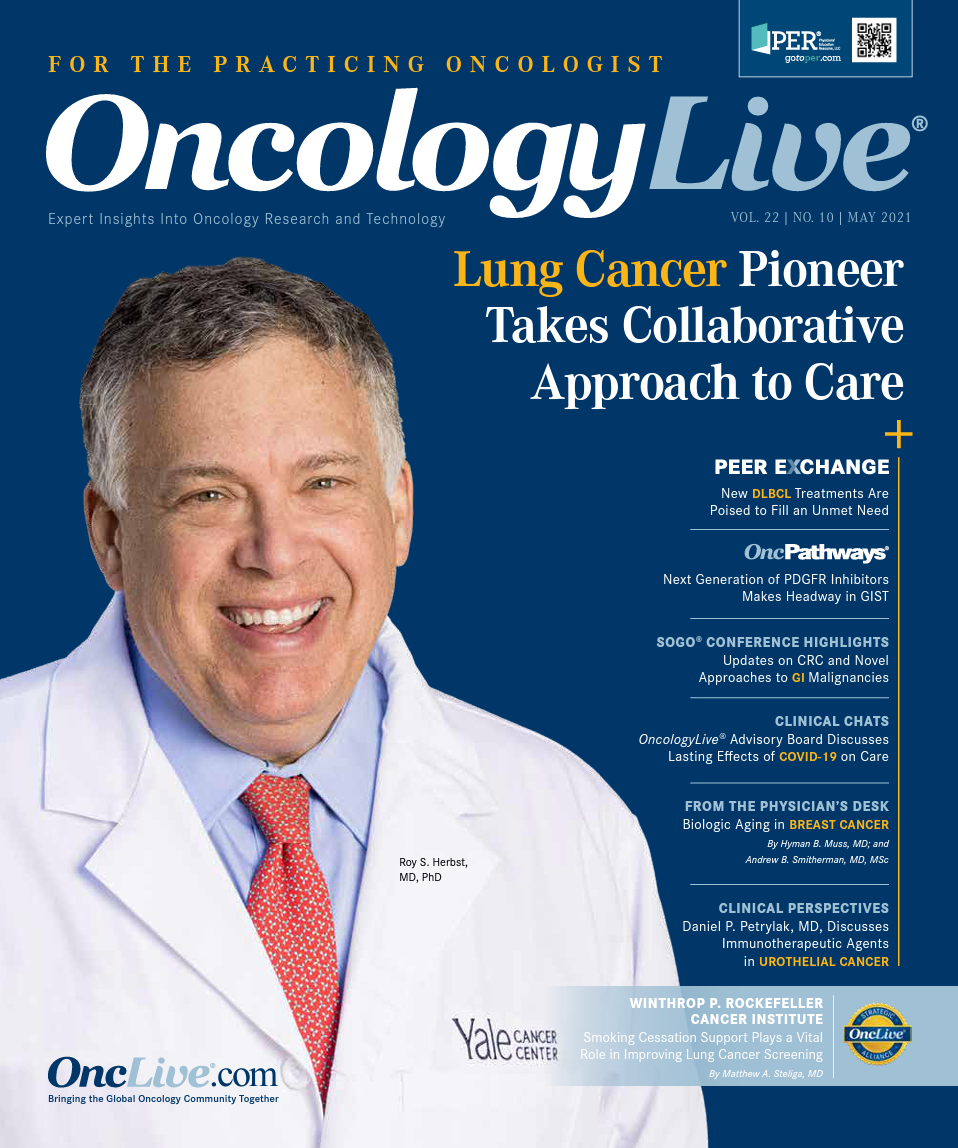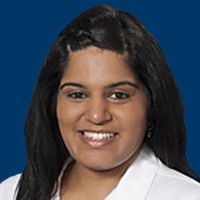Publication
Article
COVID-19 Accommodations May Endure Long After the Pandemic
Author(s):
Opinion leaders provide a glimpse into the future of what approaches adopted during COVID-19 may persist in oncology after the pandemic ends.
The wide-ranging effects of the COVID-19 pandemic has required changes to the tried and true methods of patient care. New protocols including video visits and universal masking have been implemented and adjusted as the ramifications of the pandemic have continued to evolve. While some of these adaptations may prove to be temporary, others appear poised to stay long after life returns to something resembling normal.
OncLive® spoke with opinion leaders from a variety of backgrounds in the oncology space to get a glimpse into the future of what approaches adopted during COVID-19 may persist in oncology after the pandemic ends.
Breast Cancer
Adam M. Brufsky, MD, PhD
University of Pittsburgh Medical Center

Some of the things we adapted into practice will remain after we move back to normal practice including the use of telehealth visits and more of a medical visit at home, where patients can check in and not have a formal visit. Another one is the emphasis on more oral or subcutaneous therapies that can be delivered outside the clinic in the hospital. We need to develop methods to monitor and ensure that patients are getting proper therapy remotely. I think that is going to become a big trend.
I think this is also really going to help patients in rural communities. One of the problems of living in a rural community and receiving a serious diagnosis, such as metastatic breast cancer, for example, is that [care centers are often] far and the patient may have to travel. I care for a lot of patients who travel 3, 4, 5 hours to see me and I think some of the remote strategies that have been developed during the pandemic could really be used for the benefit of patients such as those. I’m looking forward to exploring those sorts of innovations.
Sarcoma
Brian Van Tine, MD, PhD
Siteman Cancer Center
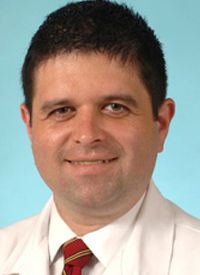
I think that tumor boards will now be virtual. Zoom is not going anywhere anytime soon. I think our approach to medicine [will continue to expand] beyond just in the state that we work. I think that’s had an effect, but it’s a little bit harder with oncology in terms of treating. [However,] patients now may not need fly to New York to get a second opinion.
I think that has an effect on the patients’ ability to get access. It may have gotten a little bit easier; however, in terms of treatment decisions, patients still need to get somewhere they can receive care. We’ve also gained the ability to give scan results by telephone, which we could never do before, and it’s improved the efficiency of my clinic. Additionally, patients are no longer allowed to wait in the waiting room anymore, so it seems like waiting times have fallen dramatically.
I think there has been a lot of good in terms of process improvement.
Head, Neck, Lung Cancers
Everett E. Vokes, MD
University of Chicago Medicine and Biological Sciences
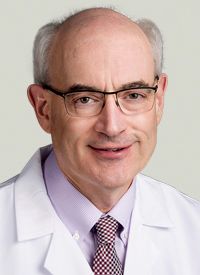
I would hope that telemedicine will remain. It’s complicated by laws and licensing arrangements that I am certainly not an expert on—particularly, in terms of what is allowed across states. But [I’d like to see] the general principle of seeing a patient not always in person, certainly sometimes, maybe most of the time, but not always in person, for follow-up visits. To move that into the future and to continue that is going to be mandatory. This cannot go away; it serves patients’ needs to have this available.
Lung Cancer
Edward B. Garon, MD
Ronald Reagan UCLA Medical Center

I think that although most visits will remain in person once concerns related to COVID-19 decrease, there are likely to be some visits that will continue to be conducted by video. One hope is that some unhelpful constraints of clinical trials that increase inconvenience to patients and limit the number of practices that can offer clinical research [will be eased] and could inform future trials.
Genitourinary
Daniel J. George, MD
Duke Cancer Center
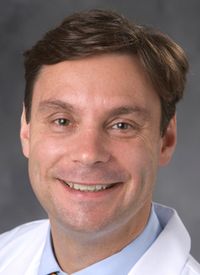
There are some good things. I will say that the telehealth I think of as a relatively good thing and I don’t think telehealth would have happened in medicine to this scale and extent without COVID-19. One of the really good things is that with telemedicine everything—including reimbursements, physician/provider acceptance, and patient acceptance, as well as comfort levels [with the technology]—has been overcome because of COVID-19. Now, telemedicine is part of our culture just like this conversation is part of our culture.
I think another good thing is that we have so many patients who travel from a distance, so many patients who don’t have access to support or caregivers to travel with and take them [to their appointments]. This includes many folks whose children or spouses once would have to take time off work and miss time in order to accompany them to visits on a regular basis. All of that is now really alleviated by telemedicine. I’m not saying that we will or should practice exclusively in telemedicine, I think that’s a little dangerous; however, what we’ve found is that a lot of what we do in medicine can be done via the computer or the phone.
We’ve learned to trust local labs and trust a lot of the information that we are able to gather outside our own institutions and to work with that. Even in research, we’ve built telemedicine visits into our research protocols to really minimize the burden on patients. That never would have happened on the scale and level that it has, including [with the] FDA in terms of safety monitoring, if it hadn’t been for COVID-19.
All of these things are a real plus and it kind of balances out the negativity that I mentioned, in terms of the trust, the interactions, the hesitancy, that people feel now with their providers and neighbors.
Lung, Thoracic Cancers
Heather Wakelee, MD
Stanford Cancer Institute

There’s always been a very high awareness of handwashing and hand hygiene but continuing to wear masks as we interact with patients might continue. We’ll definitely have a component of the video visits; I think we’ve realized you can still achieve approximately 80% of a standard visit out of that. However, being able to see the patient [in person] as they speak and move gives you a lot of information and [in person visits are needed, especially] if you’re doing scans as well.
The video visits will definitely continue, as well as the pattern of less frequent scheduling [for patient appointments]. Additionally, less frequent dosing of some medications will continue. I’m hopeful that some of the changes to clinical trials will also persist, including drug shipments that can be sent to patients without them having to come in from quite a distance in some cases.
Head and Neck Cancer
Nabil F. Saba, MD
Winship Cancer Institute of Emory University
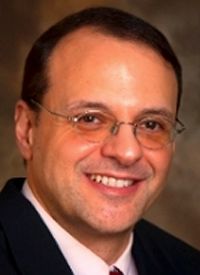
Learning to lead by example I think is a very important lesson [we can take away from this pandemic] and as health care providers we are in the center of this where even though we were in a crisis, society is looking for some guidance on what to do and how to behave. Many of us stepped up to the plate and led by example. I think the pandemic also taught us to be more flexible in terms of accepting the reality and the challenges of working with the best tools you have to survive the current situation. Hopefully this made us stronger, and I believe it did.
Hopefully, what I think will carry on is preparation for the next challenge that may be of similar nature but may be different. Being able to mobilize and rely on the team effort, to be flexible and adapt to the situation is very important.
Certainly technology has been very important in allowing us to survive and adapt, so continuing to rely on this technology will be something that we will carry forward. We’ve all seen the advantages technology [affords us] that we may not have been aware of in the pre-COVID-19 era. Many of us continue to practice health care on a day-to-day basis in the same old way, even though the world has been moving at a much faster pace in terms of adapting these technological advances.
Health care is a very complex system and we don’t necessarily accept big changes, especially when approaching familiar situations where we are already stressed with the volume of work we have because certain aspects of what we do may be easier [without change]. If you move just one part of the system, many of the other parts that are intricately linked will be affected. But we were forced to make changes and we were forced to adapt to relying on more electronic or virtual types of activity with COVID-19.
The good part of this is that we are in a position to improve patient care because we have adapted these approaches. I have many patients who I believe are more satisfied with their care now because they don’t have to come to clinic, they don’t have to wait for hours to see the physician. Another advantage is that I have my full attention to the patient during virtual visits, I’m not distracted because I am in an office looking at the patient face to face and at the same time accessing their records. It’s important to understand that this may be a slippery slope and individuals may think that because of these changes health care may be becoming so easy or so uncomplicated.
I want to stress that I have a hard time seeing health care moving completely to a virtual system where you don’t need to be linked to a specific hospital or specific physician. That may apply if you need an antibiotic, it may apply for minor things if you need some advice quickly about something, including some situations with cancer. But I do not think [it will overtake care] in terms of the complex management of chronic health care problems such as cardiac disease or cancer. Those remain very much dependent on a very thorough evaluation, which cannot be done in a virtual setting.
What I have noticed is that, even though there are some patients who gain by doing the virtual process, other patients may lose. You’re dealing with a situation that is so complex; dealing with it on a computer screen is a disservice to them. You need to coordinate with the health care team, you need to have your nurses, your schedulers, other colleagues close to you. The more we learn how to funnel each type of patient to a particular method of evaluation will serve us in the future.
